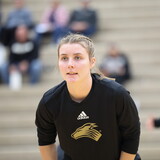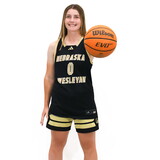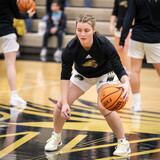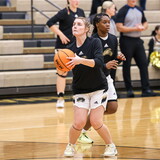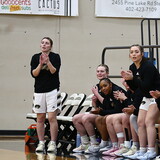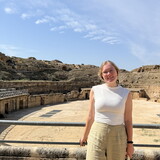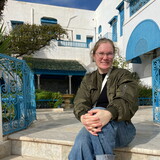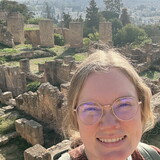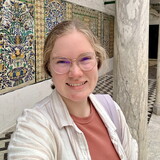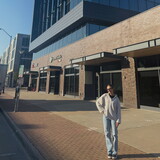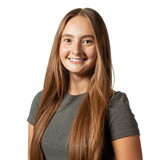In the Fall of 2012, The Nebraska Community Blood Bank contacted Professor of Communication Karla Jensen for help with their communication strategies. Specifically, the organization was seeking to understand how they could improve their internal communications within the large and diverse organization.
The following semester, Jensen arranged for her communication research methods course to engage in a project-based learning opportunity where students used three methodological research approaches to assess the nonprofit. The blood bank was impressed with the work of the students, and urged Jensen to return to analyze the organization’s public communication.
What started as an ask from a Lincoln-local nonprofit has now transformed into an experiential learning experience where students engage with a nonprofit of their choosing. Nearly 200 students have taken the class, and 136 nonprofit organizations have benefitted from their efforts. Larger nonprofits such as Matt Talbot Kitchen & Outreach and the Asian Community Cultural Center have requested to be involved in this process multiple times, and smaller nonprofits like Brave Animal Rescue, Art Bus LNK, and Food Fort have collaborated with students as they launched.
From animals and the arts, to pickleball and thrift stores, Jensen strives to find a placement for each student that builds upon individuals’ passions. Junior communication studies major Yuliia Iziumova shared that she is grateful for the help she received during the project, and in finding a nonprofits which “aligns with [each student's] own interests and passions.” Iziumova also stated that this was a great opportunity “to learn about how nonprofits operate and how challenging it can be for them to find the necessary resources.”
The process and outcomes
Throughout the semester, each student works cooperatively with their nonprofit to evaluate the organization through the lens of three research methods: ethnography, content and survey analyses. Each approach allows students to examine a different facet of their nonprofit's communication style.
The research is not always easy, but continually proves to be essential for students' academic growth.
Communication studies major Carissa Englert stated, “research is not as daunting as it sounds. The point [of the class] is to use the skills you already have, and to learn and report on a topic for the betterment of the community.” The collective findings from the course are shared with the nonprofit studied, allowing the organization to learn from the research. Each student also presents their research at the Nebraska Wesleyan Student Research and Creative Endeavor Symposium where nonprofits leaders are invited to attend.
"Research Methods provided me an opportunity to take my writing and academic curiosity to the next level," said communication studies major Jack Tracy. "I've gained an immense amount of respect [for research] and the science behind the process! I've also learned personal skills in the class, like advocating for myself and knowing my limits. This class requires so much time, effort and ambition, and it pays off with the high-quality work that you create. After this class, you can achieve anything in your college career!"
"After this class, you can achieve anything in your college career!"
At the end of the semester, the students leave with a deeper appreciation of how to conduct and apply research. Students also learn a new perspective on nonprofits and form relationships with leaders in our community. Jensen and her students are making a significant impact in our community, and we thank them for all their hard work!
A version of this article was originally published in the communication studies' newsletter by student Payton Fallick.




